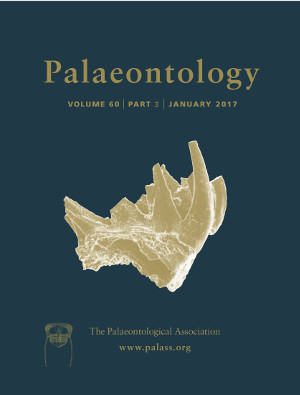Reg. Charity No. 1168330

Dietary specialization is generally considered to be a crucial factor in driving morphological evolution across extant and extinct vertebrates. The ability to adapt to a specific diet and to exploit ecological niches is thereby influenced by functional morphology and biomechanical properties. Differences in functional behaviour and efficiency can therefore allow dietary diversification and the coexistence of similarly adapted taxa. Therizinosauria, a group of secondarily herbivorous theropod dinosaurs, is characterized by a suite of morphological traits thought to be indicative of adaptations to an herbivorous diet. Digital reconstruction, theoretical modelling and computer simulations of the mandibles of therizinosaur dinosaurs provides evidence for functional niche partitioning in adaptation to herbivory. Different mandibular morphologies present in therizinosaurians were found to correspond to different dietary strategies permitting coexistence of taxa. Morphological traits indicative of an herbivorous diet, such as a downturned tip of the lower jaw and an expanded postdentary region, were identified as having stress mitigating effects. The more widely distributed occurrence of these purported herbivorous traits across different dinosaur clades suggests that these features also could have played an important role in the evolution and acquisition of herbivory in other groups.